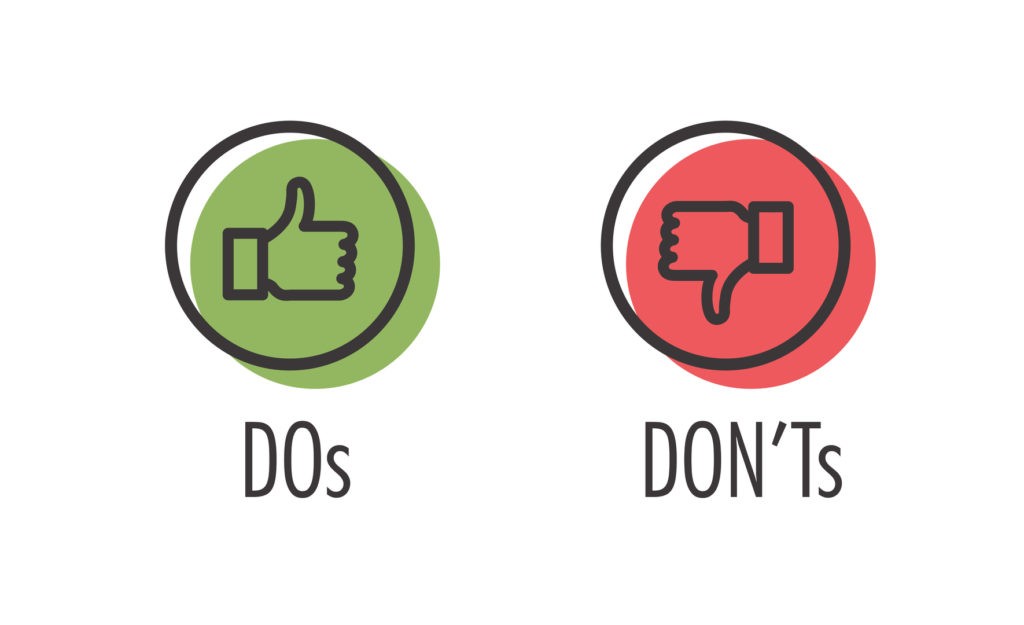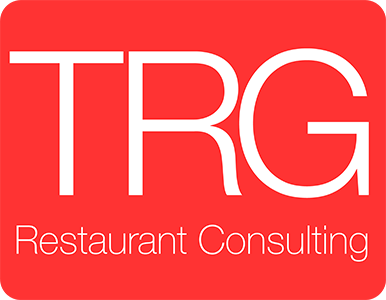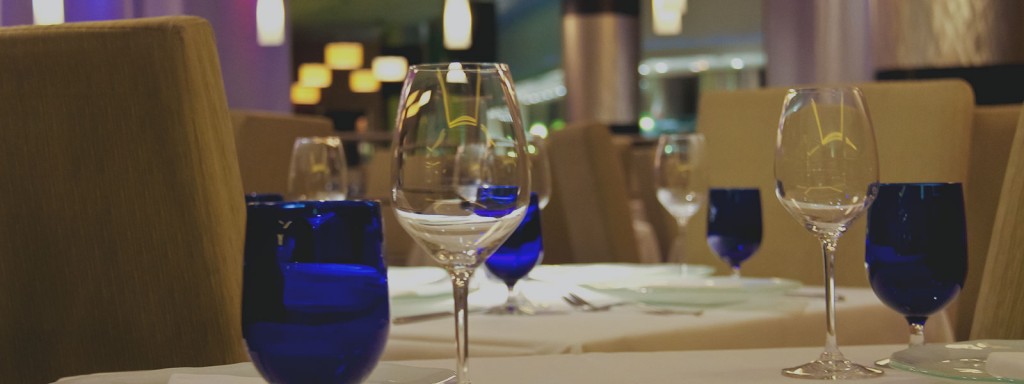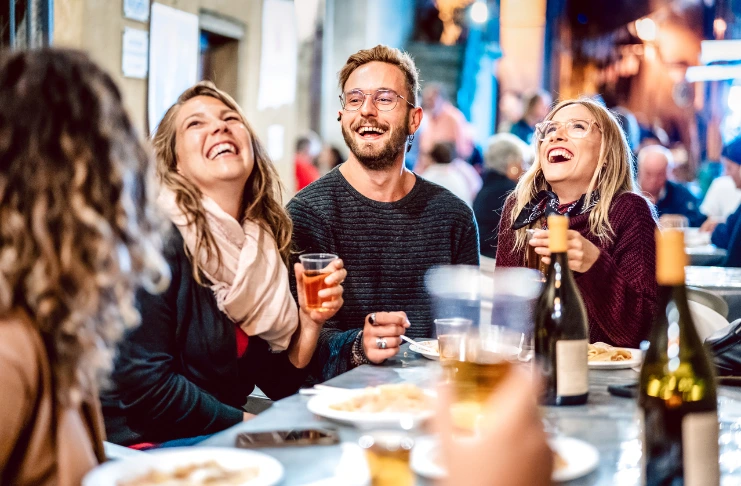Introduction
Upselling techniques in restaurants are where servers suggest additional or premium menu items to enhance the dining experience. It helps increase revenue while improving customer satisfaction. Done right, it feels natural, adding value to the guest’s visit without feeling pushy.
Using effective upselling techniques in restaurants ensures guests enjoy the best food and drink pairings while restaurants boost profits. A well-trained team and a smart menu design make a huge impact on success.
Understanding Upselling in Restaurants
What is Upselling?
Upselling means suggesting a better, larger, or additional item to increase the value of a customer’s order. In restaurants, this could be offering a premium wine, a side dish, or a meal upgrade.
It is different from cross-selling, which involves suggesting a complementary product. For example, recommending a dessert with coffee is cross-selling, while offering a larger steak cut for an extra charge is upselling.
A strong upselling strategy helps customers discover new flavors while increasing restaurant revenue.
The Importance of Upselling
- Increases Check Averages
Every small upsell opportunity boosts the total bill. A simple beverage pairing suggestion or a special addition can significantly increase sales over time. - Enhances Guest Experience
Good upselling makes guests feel valued. Personalized recommendations show that the restaurant cares about their preferences. A well-trained server builds rapport by offering timely suggestions based on what the guest enjoys. - Promotes High-Profit Items
Upselling helps restaurants push high-margin dishes. Menu psychology and strategic item placement guide guests toward premium offerings without being intrusive. - Strengthens Customer Loyalty
When guests receive personalized service, they return. A positive experience increases customer satisfaction and encourages repeat visits.
Effective Upselling Strategies

Training Your Staff
- Identifying Upsell Opportunities
Servers should recognize when to suggest meal upgrades or add-on sales. If a guest orders a steak, recommend a beverage pairing or a premium side. - Avoiding Pushiness
Upselling should feel natural. Reading customer cues helps servers decide when to suggest a check enhancement without making the guest uncomfortable. - Using Questions to Guide Choices
Instead of asking, “Do you want dessert?” say, “Would you like to try our signature lava cake?” This technique makes the offer more appealing. - Profiling Guests for Better Recommendations
Active listening allows staff to personalize recommendations. If a guest orders a light salad, they might enjoy a refreshing cocktail instead of a heavy beer. - Focusing on High-Profit Items
Training programs should emphasize selling premium offerings. Servers should know which dishes have the highest profit margin and how to describe them with enthusiasm.
Developing an Upselling Menu
- Strategic Menu Layout
Menu engineering involves placing high-profit items in key spots. The top-right corner or the center of the menu naturally attract attention. - Descriptive Menu Language
A simple dish name is not enough. Instead of saying “Grilled Chicken,” describe it as “Juicy, flame-grilled chicken marinated in house-made garlic butter.”
Offering Samples
- Enticing Guests with Free Tastings
A small sample of a premium dish can lead to a full order. This is effective for new menu items or special add-ons. - Encouraging Guests to Try Premium Items
If a restaurant introduces a new craft beer, offering a small tasting can help boost sales. People love to try before they commit.
Creating Attractive Set Menus
- Bundling Items for Value Perception
Combo meal promotions encourage customers to order more for a slight discount. A three-course meal bundle feels like a better deal than separate items. - Using Special Offers to Encourage Larger Purchases
Restaurants can create limited-time offers with an exclusive menu layout optimization strategy. For example, a “Weekend Chef’s Special” at a discount increases demand.
Leveraging Customer Data
- Personalized Recommendations Based on Order History
Tracking past orders helps staff anticipate needs. If a guest always orders red wine, suggesting a premium bottle makes sense. - Using Guest Preferences for Targeted Upselling
Loyalty programs track preferences, allowing restaurants to send exclusive offers that match guest interests.
Utilizing Email Marketing
- Promoting Special Deals and New Menu Items
Email marketing helps restaurants highlight specials to past guests. A message like “Come try our new seafood platter with a complimentary appetizer!” boosts engagement. - Encouraging Repeat Visits Through Exclusive Offers
Offering limited-time discounts for repeat customers increases loyalty. For example, “Dine with us this week and enjoy a free dessert on your next visit.”
Enhancing the In-House Experience
Guest Engagement and Appreciation
- Personal Greetings Create a Warm Atmosphere
A simple welcome by name can make guests feel valued. Building rapport starts with friendly service and genuine interactions. - Offering Complimentary Items Enhances Loyalty
Small special additions like a free appetizer for new guests create a lasting impression. Customers feel appreciated when they receive unexpected perks. - Recognizing Special Occasions Builds Connection
Restaurants can offer exclusive offers for birthdays or anniversaries. A personalized dessert plate or a small toast can make the experience unforgettable.
Focusing on Service
- Attention to Detail Improves Guest Satisfaction
Refilling drinks, offering timely suggestions, and checking on guests ensure a smooth dining experience. Active listening helps staff respond to requests quickly. - Proactively Handling Issues Prevents Negative Reviews
Addressing concerns before they become complaints builds customer satisfaction. A small gesture of goodwill, like a discounted meal, can turn a bad experience into a positive one.
Utilizing Space for Promotions
- Tabletop Advertisements Highlight Specials
Menus should include highlighting specials in visible spots. Small cards on tables featuring limited-time offers encourage impulse orders. - Digital Signage Boosts Engagement
Screens displaying combo meal promotions, loyalty programs, or new items grab attention. Visual content influences decisions faster than text alone. - Community Boards Create Local Engagement
Restaurants can feature customer feedback solicitation, event promotions, or upcoming deals on a community board. This builds a sense of belonging among guests.
Controlling Ambiance and Environment
- Lighting Sets the Mood
Bright lights work well for casual eateries, while dim lighting creates a cozy dining experience. Strategic item placement ensures guests focus on signature dishes. - Music Influences Dining Behavior
Soft music encourages relaxed dining, while upbeat tunes promote a fast-paced environment. Choosing the right playlist enhances guest experience enhancement. - Cleanliness Ensures Comfort
A tidy restaurant makes guests feel safe and comfortable. Performance feedback on cleanliness should be part of staff training.
Dos and Don’ts of Upselling

Dos
- Train Staff Regularly
Regular upselling workshops help staff refine their approach. Role-playing exercises improve confidence and teach waitstaff upselling best practices. - Personalize Recommendations
Active listening helps servers make personalized recommendations. If a guest orders seafood, suggesting a wine pairing enhances their experience. - Be Attentive to Customer Cues
Servers should read customer cues before suggesting check enhancements. If a guest seems undecided, offering a timely suggestion can help. - Use Upsell Scripts for Consistency
Providing upsell scripts ensures servers follow a structured approach. It prevents over-selling and keeps the conversation natural. - Offer High-Profit Items First
Menu layout optimization should highlight premium offerings. Placing high-margin dishes at eye level encourages more sales.
Don’ts
- Avoid Being Overly Aggressive
Pushing too hard can ruin the guest experience. Confidence building in staff helps them suggest items naturally. - Don’t Suggest Irrelevant Add-Ons
Recommending unrelated menu items confuses guests. Servers should focus on meal upgrades that add value to the dining experience. - Never Ignore Customer Preferences
If a guest orders a light dish, suggesting a heavy meal addition does not make sense. Reading customer cues helps servers tailor suggestions properly.
Conclusion
Upselling techniques in restaurants help increase revenue while improving the guest experience. When done right, it feels natural and enhances customer satisfaction.
Upselling is not about pushing sales. It’s about building rapport, reading customer cues, and providing personalized recommendations. A balance between profit maximization and customer retention ensures long-term success.






